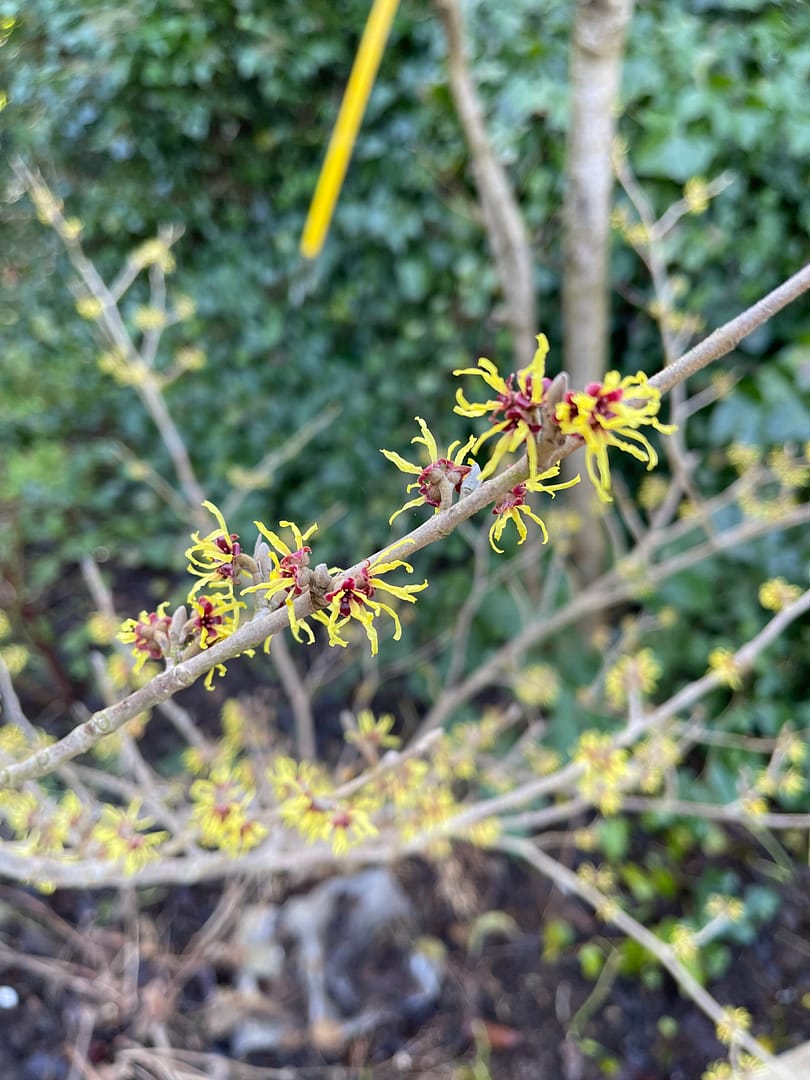Having flourished a beautiful palette of winter tones throughout the colder months, the time for pruning has swiftly snuck up on us.
Improving plant life cycle, encouraging healthy blooms and preparing your plants to embrace the seasonal changes ahead, pruning plays a vital part in your garden’s overall resilience. But why should you prune your winter flowering shrubs now? And how do you carry out the perfect prune? We’ve been in conversation with our Head Gardener to answer all of your winter pruning queries.
How?
Once your flowers have finished their final winter flourish, this soon becomes the best time for pruning winter flowering shrubs. When pruning you want to ensure that you are using clean and sharp secateurs. You firstly want to ensure that you remove any unhealthy, damaged or diseased wood. If a few dead flowers appear to be clinging on, then you should also carefully remove these. When cutting back, you should aim to cut back towards the newly sprouting buds that are facing away outwards. Our Head Gardener recommends shaping the shrub to a manageable size which you can keep at that level, which should then be reduced down by a fifth every year to ensure the healthiest growth.
Why?
When it comes to pruning winter flowering shrubs, the most important element to remember is that these shrubs should be pruned as soon as their winter bloom comes to an end. Pruning these plants at this specific time is crucial as their spring growth that shortly follows considerably assists to the rate in which these cuts recover. Pruning straight after bloom also prepares your plants to be able to adapt accordingly when the colder weather arrives, when they are due to surface their glorious blooms.
What are some examples of winter flowering shrubs?
Hamamelis, otherwise known as “witch-hazel” is a perfect example of a prime winter flowering shrub. Displaying a vibrant collection of spiralled yellow blooms, witch-hazel is a charmingly fragranced flower that enhances the garden with a striking exhibition of winter interest.
Another winter delight, we have Viburnum bodnantense, or “arrowood”. Diffusing a sweet scent, these blush blooms have been seen to flower from October right through until March. An ornamental shrub, Viburnum is also an extremely low-maintenance garden plant that attracts waves of beneficial insects and pollinators within your garden.
Looking to learn some more expert gardening tips and tricks? Just take a look into our wide variety of stories and expand your horticultural knowledge.


